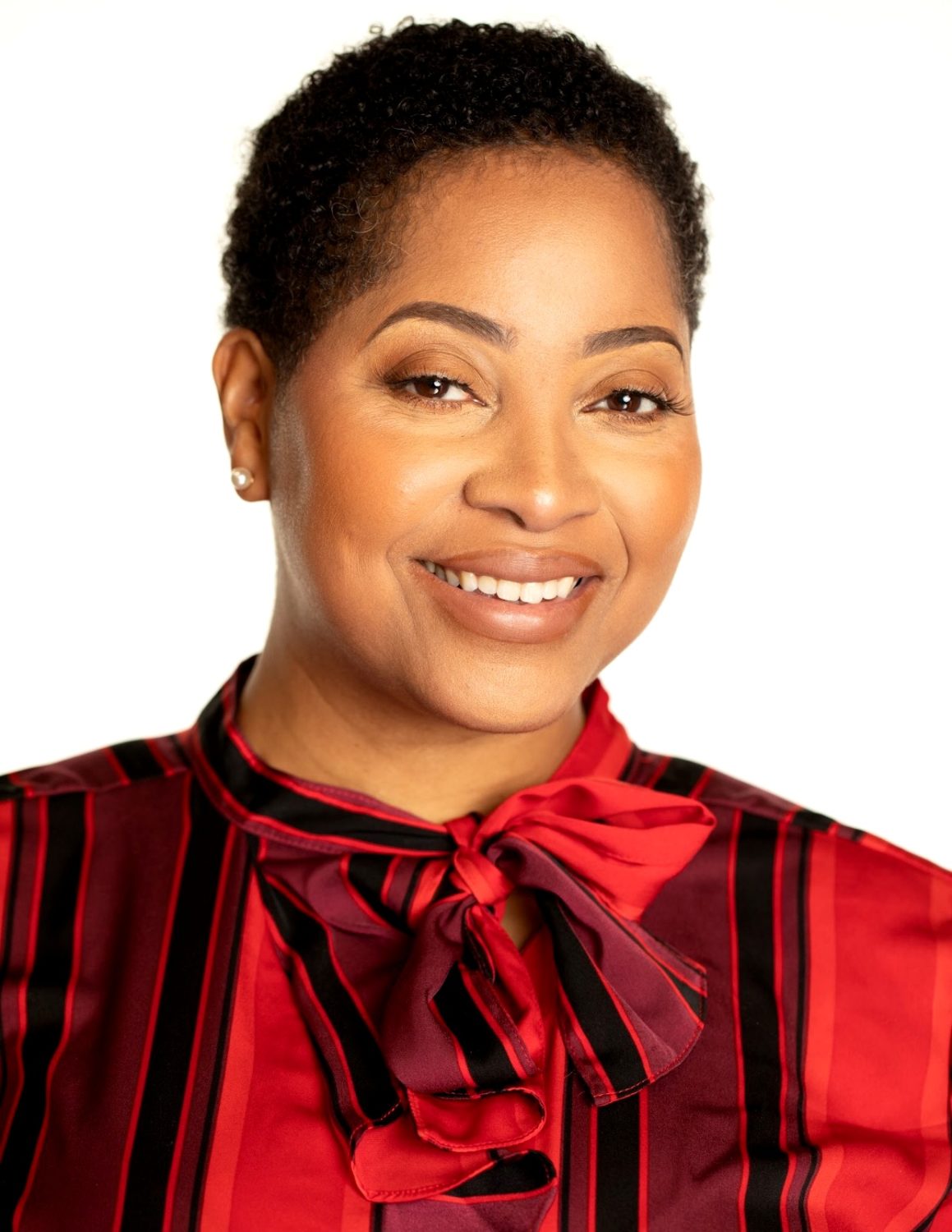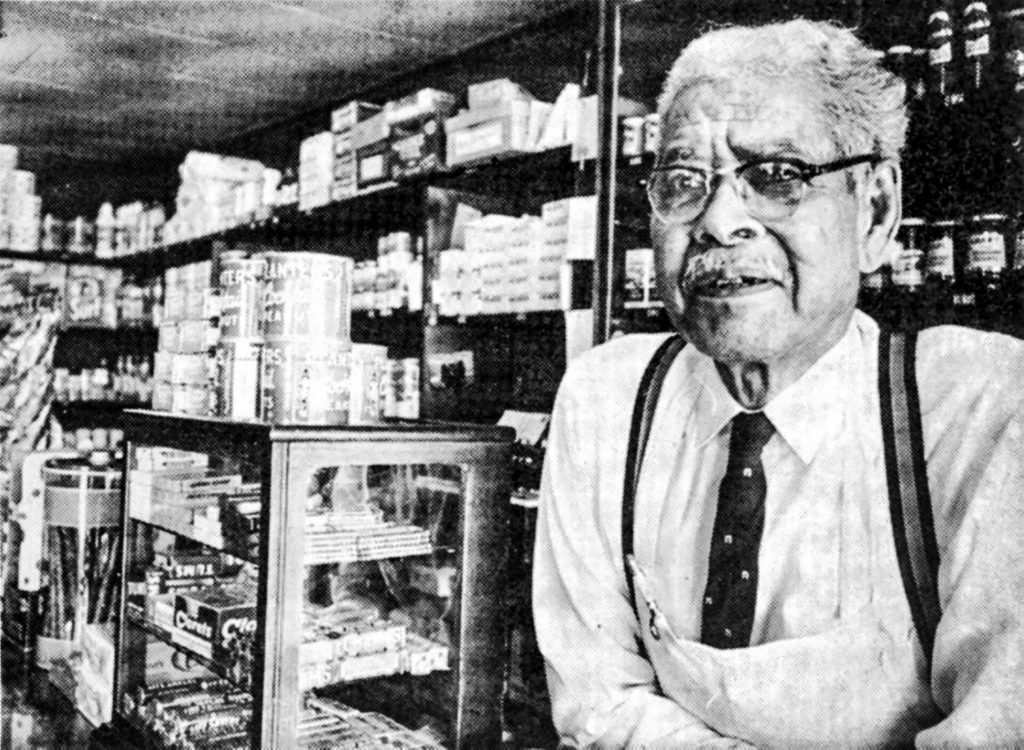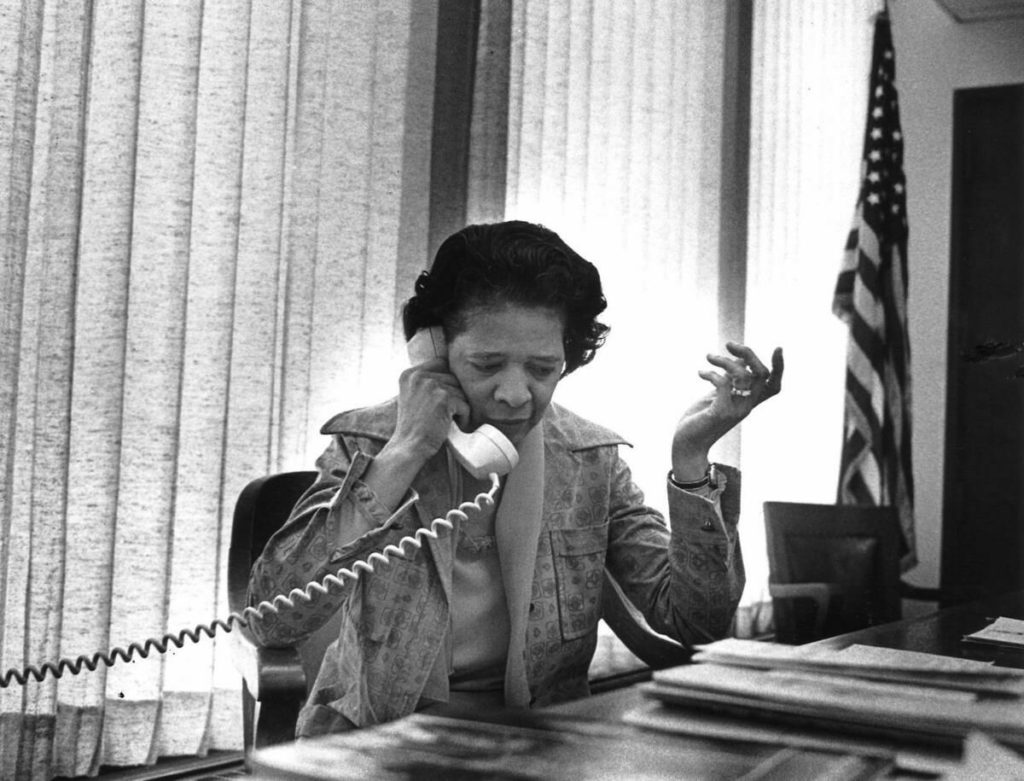
Madison’s Black history is something that has long been underspoken and under-observed, but the Wisconsin Historical Society and the Boys and Girls Club of Dane County are collaborating to bring new light to the city’s rich Black past. Tanika Apaloo, community programs coordinator at the Wisconsin Historical Society Museum, is looking to take a hands-on approach to exploring Madison’s Black history with the Madison Black History Walking Tour on Saturday, July 9.
Apaloo’s work at this event was sparked by outreach from the Boys and Girls Club of Dane County.
“The ask made by the Boys and Girls Club administration and board members really got the ball rolling on the efforts to develop a tour with an exact date in mind,” Apaloo told Madison365. I know that as part of their efforts to promote black history in Madison, this is an initiative that they are committed wholeheartedly to, so we want to support that effort as much as we can within the capacity of the Wisconsin Historical Society staff, and we are very happy to be in partnership.”
This tour was first piloted last year by WHS Deputy Director Angela Titus in partnership with the Boys and Girls Club, so this is not the first occurrence of the effort to expose Madison’s Black history to a wider audience. The tour this year is again a part of a larger event being held by the Boys and Girls Club of Dane County.
“Last year’s tour turned out phenomenally,” Apaloo said. “It also had a lot of interest … there were about 35 to 40 participants. And speaking of participants, many of the participants that will be attending will be a part of the fundraiser that the Boys and Girls Club is promoting currently called MOVE4BGC. I know that last year the funds were being raised to support the trade school that’s being built by the Boys and Girls Club. And according to Peter Gray, Boys & Girls Club board member, that will also be the case again this year.”
Interest in this year’s tour is once again high. Apaloo and fellow organizers are working to accommodate higher capacities as intrigue to a lesser-known side of Madison history has led many to come check it out. The Madison Black History Walking Tour will be part of a longer walk occurring on the day. While the tour offers a break from this longer walk, it also offers insight into an area that Apaloo speaks to as often missing from the kinds of history talked about in educational spaces — local history.

(Wisconsin Historical Society)
“In my formal educational spaces, more focus had been given to national Black history stories and activists, and so there was still not a local connection made with those teachings. I believe that as I have grown and learned more about some of the history makers in the state of Wisconsin, through that education, I have grown more confident and more curious,” Apaloo says. “I have attempted to share whatever knowledge that I’ve had with close friends, family, and community. It also empowers me in a way that helps me to cope and strategize. Whenever I may have a challenge in front of me, I think back to one of the stories that I’ve read about and just realize how resilient and resourceful those who lived generations before me must have been. Especially in the times they were living in, to be able to move forward and accomplish some of the things that they accomplished.”
Figures such as Vel Phillips, whose work in Milwaukee in activism and politics broke barriers of both race and gender, are prime examples of the kind of history Apaloo and her peers are looking to expose more people to through the tour. Attention to the history of Black Madisonians could also help draw attention to questions of the current experiences and conditions of Madison’s Black communities and people.

Vel Phillips, Wisconsin Secretary of State 1979-1983
(Wisconsin Historical Society)
“With regards to Black-owned businesses and homeownership in Dane County, and in my consultation with local community leaders, we are not in as good of a place as we were some 50, 60, 70 years ago,” Apaloo said. “There are not as many Black businesses in operation. For example, to the best of my knowledge, there’s not an African American-owned grocery store in the city of Madison. And for our population, there’s only one Black-owned nightlife location, Café Coda, to go for nightlife activities. Community leaders have expressed that there has been a reduction in Black businesses and homeownership since the 1960s.”
Events such as the Black History Walking Tour are a piece of what Apaloo sees as a chance to bring the Black population of Madison together. The history of Black Madison is filled with examples of such practices.
“There was still a very, very strong sense of community,” she said. “In some of the research that has been uncovered, you see time and time again, many of the families have strong ties to local churches and community organizations. So whichever way that one wants to connect with the community, whether it be through a community center, organization, or a place of religious worship, my hope is that we could come up with more community collaboration.
“We want to be able to ensure that this history is not only uncovered, but that it continues to be shared throughout our community with our youth and adults,” she adds. “I did not start learning about a lot of the local history myself until I was very well into my adult years. So, I don’t think that that’s something that we should be ashamed of. We can start this journey at any point in our lives.”
Exploring the Black history of Madison to bring the community together is one piece of the importance of the work being done through this collaboration between the Wisconsin Historical Society and the Boys and Girls Club of Dane County. Additionally, such work looks to preserve such history and provide a look into what has long gone unknown, and Apaloo assures that the Wisconsin Historical Society is always looking.
“We would like to have the community reach out,” Apaloo said. “We have opportunities for individuals who believe that they may have family stories, family objects, or are able to identify landmarks that may not already be on our radar … or to be able to contribute additional information about landmarks, individuals, or objects we already have as a part of our archival or museum collection. Doing things like that will certainly ensure that this history is documented forever as a part of Wisconsin’s history.”
When considering current Black history being made in Madison, organizations such as One City School and The Center for Black Excellence and Culture stood as crucial and potentially life-changing opportunities for the trajectory of Madison’s Black population. As for the tour, consistent interest has led Apaloo and her colleagues to continue exploring how they can look to preserve Madison’s Black history in the minds of the community while also pushing to continue the work being done to build community in the present.
“We have begun talks and are tentatively expecting additional Black History walking tours yet this year that will be offered on either Tuesday evenings or Saturday mornings,” said Apaloo. “I encourage anyone who is interested to continue checking in on our website where they can find all Wisconsin Historical Society walking tour offerings for the remaining of the summer and into the fall. Due to the amount of interest expressed in this tour, we are already in talks with regard to expanding the tour to add more locations in the downtown/capitol area that will be included in the next iteration of the tour.”
Outside of walking tours, the work to preserve, uncover, and continuously build upon our collection of Madison’s Black history is a process always in motion for Apaloo and the Wisconsin Historical Society’s archival, curatorial and press.
“In fact, many of the stories that we will be highlighting on the tour come from a book that was published by our Wisconsin Historical Society Press called ‘Settlin; Stories of Madison’s Early African American Families,’ written by local author Muriel Simms,” she said. “This work also extends to anyone interested in contributing to the ever-growing effort by adding their knowledge or resources to the Wisconsin Historical Society.
“As far as other opportunities, we’re always looking for partnership opportunities in Madison and throughout the state. We are a public service organization, so there may or may not be funding available for every effort, but I know that we are actively wanting to hear from individuals and organizations with regards to ideas.”
You can find more information about the Black History Walking Tour here and you can make a charitable donation to the Black History Walking Tour team here through the Boys and Girls Clubs of Dane County. Check out more about the MOVE4BGC event through the Boys and Girls Club of Dany County website. Last but not least, check out the work of the Wisconsin Historical Society on their website and find out more on how you can reach out with any personal knowledge, suggestions, or insight into Wisconsin’s history.



